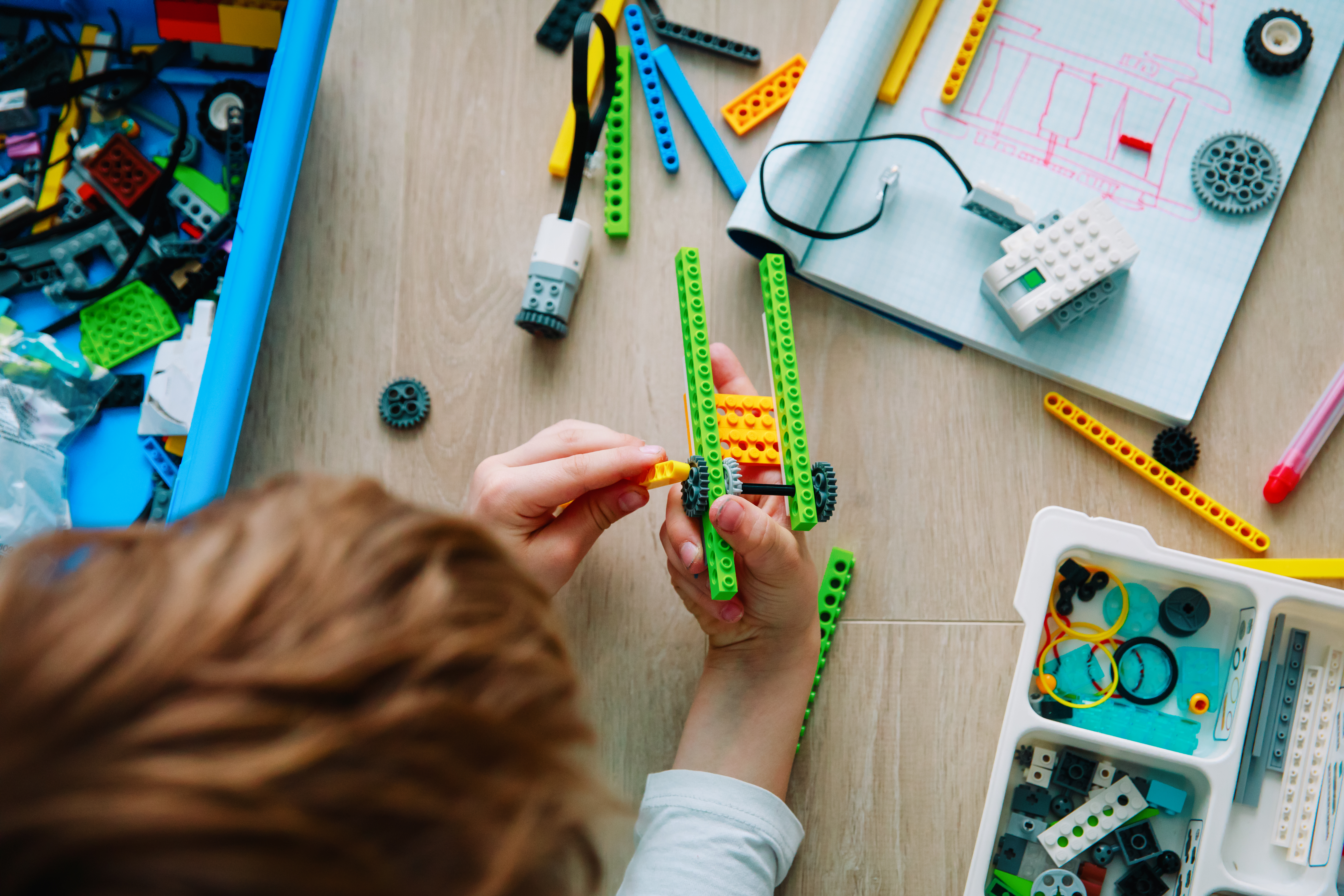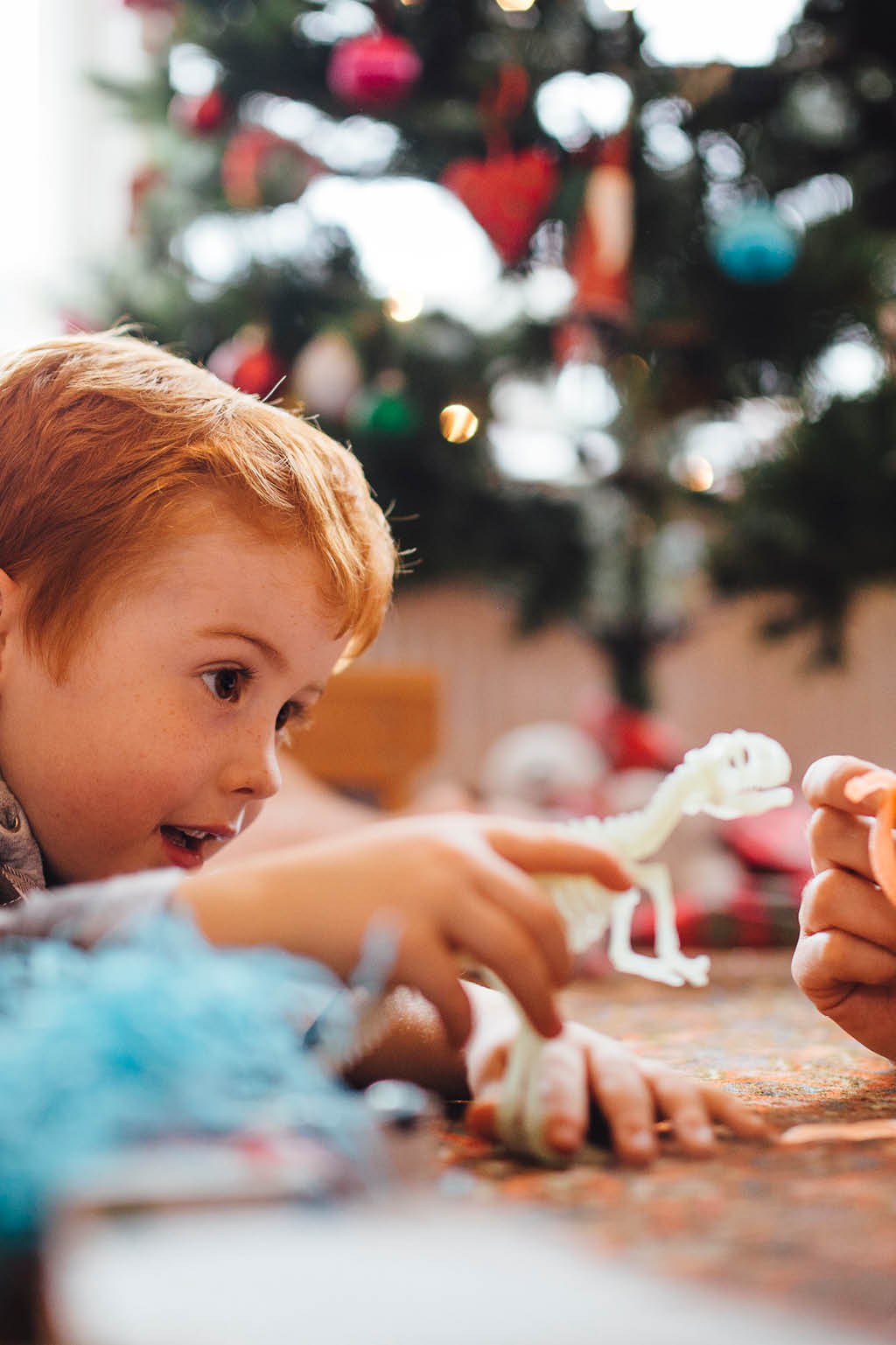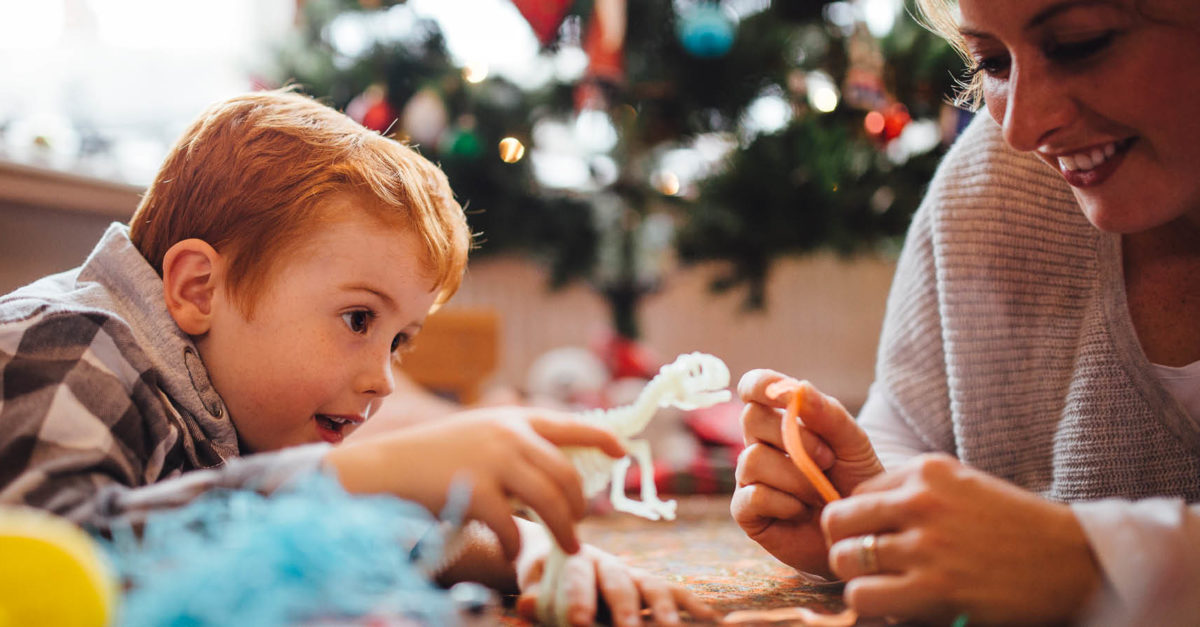‘Tis the Season for Toy Safety
In a running gag in the classic holiday movie A Christmas Story, Ralphie repeatedly hears the same warning when it comes to his coveted Red Ryder BB gun: “You’ll shoot your eye out!” Part of the humor in that line lies in its truth—parents are constantly worried about their kids getting hurt by their toys during the holidays.
If that was true in fictional 1940s Indiana, it’s even truer today. With more toys available than ever and smaller parts, there’s a greater chance for calamity. The numbers for annual toy-related injuries are staggering: in 2017 alone, over 250,000 kids were taken to the emergency room for toy-related injuries, with almost 175,000 of those being twelve or under.
Fortunately, if there are more toys and devices than ever, there are also more awareness efforts to help families. The United States Consumer Product Safety Commission (CPSC) makes it simple by touting the ABCs of toy safety: Awareness Benefits Consumers. Here are just some of the ways that you—and your family—can benefit.
Facing Facts
It’s not surprising that toy injuries affect children’s head and face area the most (44 percent)—in fact, in 2017, head/face injuries doubled the second-most injured part of the body, the arm. And eyes are perhaps at the most risk for damage, from the extremely painful scratched cornea to possible permanent damage.
The American Academy of Ophthalmology (AAO), which focuses on eye wellness and safety, recommends to not buy toys with sharp parts and to be mindful of common household items that have sharp parts, such as scissors and pencils—both of which tend to be prevalent around the presents.
In addition, the AAO advises parents to avoid projectiles, such as darts, slingshots, BB guns, and even innocuous household items like rubber bands, for optimum eye safety. Interestingly, it also notes that the government now considers BB guns, pellet guns, and the like to be firearms—underscoring the seriousness of injury potential. (Sorry, Ralphie.)

Every Detail Counts
Unfortunately, the smallest parts of toys—and the hardest to keep tabs on as a parent—can often cause the most damage. Most of us know to keep toys with small parts (such as toy jewelry) away from kids because they pose a choking hazard. But just how small is dangerous, exactly? The American Academy of Pediatrics (AAP) says that for children under age three, you should make sure that a toy is at least 1¼ inches in diameter and 2¼ inches long to help prevent choking—standards that are required by the government for this age.
In addition, safety agencies warn about the danger of magnets, especially magnet sets. If magnets are consumed, they can cause blockage and serious damage to the throat, stomach, and intestines. Small, round lithium batteries can pose a similar threat, so be wary of toys and other objects that may use them, including cards that play holiday music.
Safety and Smarts First
You’ve heard the age-old sayings. An ounce of prevention is worth a pound of cure. Better safe than sorry. Both have the same message—take action to prevent disaster—and there are a lot of simple steps you can take to do so during the holidays.
First, slow down. The holidays certainly are a hectic time, so use foresight, and read the instructions and packaging of any toys you buy—including the recommended age and any warnings. If neither fit the children you’re buying them for, don’t buy them in the first place.

Also, as parents know all too well, many toys are strapped so tightly into their packaging you’d swear they’d stay intact during a hurricane. However, when you do manage to untwist or cut off all the ties, discard them immediately. The same goes for any seemingly harmless holiday-related items such as tags, ribbons, or bows, which are attractive to small kids but can be choking hazards. In addition, the AAP says to keep an eye out for pull toys with strings that are more than a foot long, which could end up being a strangulation hazard for babies.
Nothing creates a whirlwind during the holidays quite like when presents are being ripped open. However, keep your wits
about you and make sure that, after the presents are unwrapped, you read every warning and instruction in the toy’s manual before letting your children have at it. If it’s something they can ride, however, pay particular attention. According to the CPSC 2017 annual report, riding toys cause the most emergency department-treated injuries to children, with nonmotorized scooter injuries being the top offender in the category. Make sure that your kids are wearing the proper safety gear, especially helmets at all times, and, if they go outside, keep them far away from moving vehicles.
The holidays are truly the most wonderful time of the year—especially for those who enjoy it the most, children. Heeding simple, easy-to-follow toy safety advice will make you more aware and help keep your kids safe and sound during the holiday season and beyond.

AGE-OLD WISDOM:
Kids today want to grow up quicker than ever—but that doesn’t mean their toys should match their wannabe age. If you have kids of different ages, a smart rule of thumb is to keep their toys clearly separated and marked. Here are some other expert recommendations about common toys.
Under 3:
Guardians should keep toys with small parts and small balls away from kids younger than three.
Under 8:
Keep balloons away from children younger than eight—and immediately trash broken balloons.
Under 10:
If toys need to be plugged in, keep them away from children under ten.
12 and up:
Give advanced education kits, such as chemistry sets, only to children 12 and older.
For more info, visit CPSC.gov or aap.org









